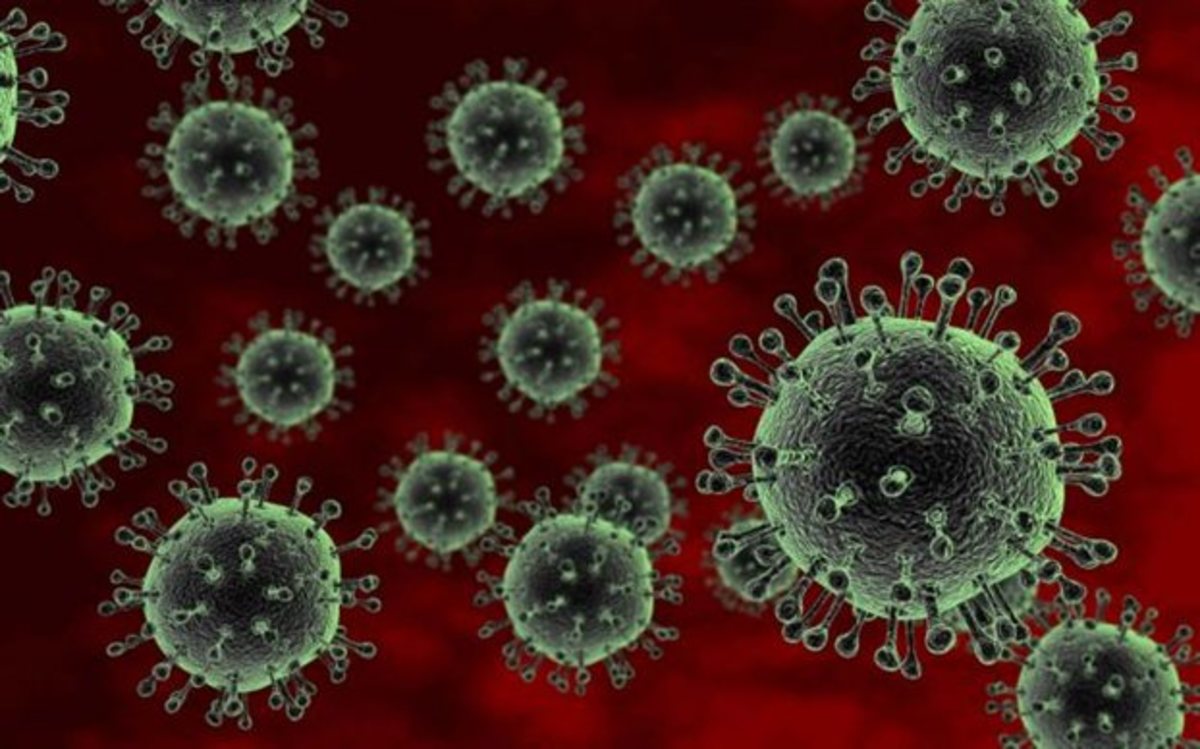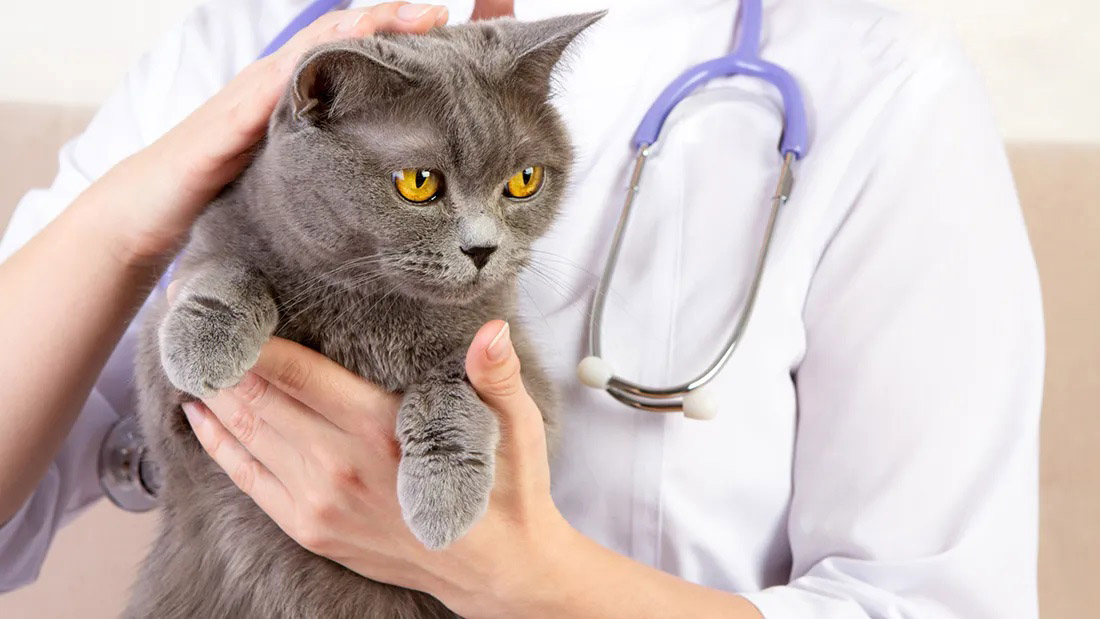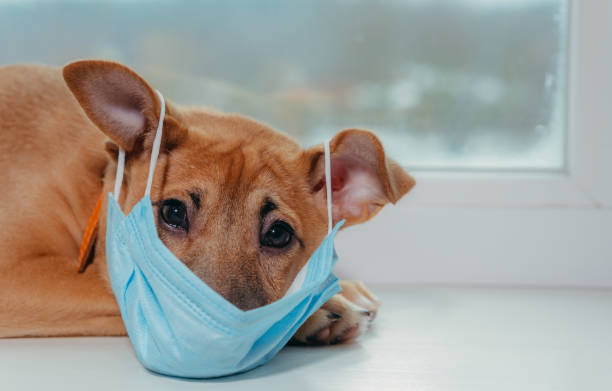Introduction
Hey there, fellow cat lovers! If you've ever shared your life with a furry feline friend, you've likely heard about the Feline Coronavirus, or FCoV for short. In this guide, we'll embark on a journey to unravel the mysteries of FCoV and understand how it can impact our beloved cats. We'll keep things clear and straightforward, covering essential topics like symptoms, transmission, prevention, and treatment. So, let's dive into this world of feline health and ensure your furry companions stay happy and healthy!
1. What is Feline Coronavirus (FCoV)
Let's start our exploration by understanding what exactly Feline Coronavirus, or FCoV, is all about.
FCoV can exist in two primary forms: Feline Enteric Coronavirus (FECV) and Feline Infectious Peritonitis Virus (FIPV).
- Feline Enteric Coronavirus (FECV): This is the milder cousin of FCoV. FECV mainly targets the intestinal tract of cats. In many cases, infected cats might not show any symptoms at all. However, it can cause mild gastrointestinal issues like diarrhea and upset stomach. FECV is more common among feline populations, especially in multi-cat households or shelters.
- Feline Infectious Peritonitis Virus (FIPV): On the flip side, we have FIPV, the more severe and less common form of FCoV. FIPV can lead to a devastating condition known as Feline Infectious Peritonitis (FIP). This condition is much more serious and can manifest in two main forms: "wet" FIP and "dry" FIP. Wet FIP results in fluid accumulation in the abdomen or chest, while dry FIP is characterized by inflammation in various organs.
It's part of the larger coronavirus family, which you might've heard of in relation to human illnesses like COVID-19. But rest assured, FCoV is unique to cats and doesn't pose the same risks to humans.
In the sections ahead, we'll delve deeper into these variations and help you understand the key differences between them. So, stay tuned as we unravel the mysteries of FCoV!

2. Transmission of FCoV
Now that we know about the different types of Feline Coronavirus (FCoV), it's crucial to understand how this virus spreads from one cat to another.
FCoV is primarily transmitted through close contact among cats, especially in environments where they live closely together, such as multi-cat households or shelters. Here's how it typically happens:
- Fecal-Oral Route: The most common route of transmission is through feces and oral contact. Infected cats shed the virus in their feces, and healthy cats can become infected when they come into contact with contaminated litter boxes, food bowls, or grooming each other.
- Shared Spaces: Cats that share living spaces, like a home or shelter, are at higher risk because they have more opportunities for close contact and exposure to contaminated surfaces.
- Stress: Stress can weaken a cat's immune system, making them more susceptible to FCoV. So, in crowded or stressful environments, the risk of transmission may increase.
It's important to note that not all cats exposed to FCoV will become sick. Many cats can carry the virus without showing any symptoms, while others may develop mild or severe illness.
Therefore, we strongly recommend that you use the FCoV rapid test kit to check the new cat for FCoV before taking it home!
In the upcoming sections, we'll explore the symptoms of FCoV and how it's diagnosed, so you can better protect your furry friends. Stay with us as we continue our journey into the world of feline health!
:max_bytes(150000):strip_icc():format(webp)/portrait-of-a-kitten-858954906-5b37ef9846e0fb00540338be.jpg)
3. Feline coronavirus symptoms and Diagnosis
Now that we've covered how Feline Coronavirus (FCoV) is transmitted, let's dive into the important topic of recognizing its symptoms and how it's diagnosed.
Symptoms of FCoV:
The symptoms of FCoV can vary widely and often depend on whether the cat is infected with FECV or FIPV:
FECV Symptoms: Cats infected with FECV typically experience mild symptoms, if any. These can include occasional diarrhea, lethargy, and a reduced appetite. Some cats may not show any signs at all, making it challenging to detect.
FIPV Symptoms: FIPV is a different story. Cats with FIP may exhibit more severe symptoms, which can include:
Common Symptoms:
- Fever: Persistent or intermittent fever.
- Fluid Buildup: If it's the "wet" form, there might be abdominal or chest fluid accumulation.
- Weight Loss: Cats may lose weight despite having a good appetite.
- Lethargy: A general lack of energy and enthusiasm.
- Jaundice: Yellowing of the eyes and gums in some cases.
Diagnosing FCoV:
If you suspect your cat may have been exposed to FCoV or is showing symptoms, test your cat using a feline coronavirus test. Compared with going to a pet hospital for examination, rapid diagnostic testing can give you the test results in just 5 minutes, and you don’t need to drive to a hospital several kilometers away to pay an expensive fee. Moreover, the feline coronavirus test is easy to operate, even if you are not a veterinarian.
Remember, early detection is key to managing FCoV effectively. If your cat is diagnosed with FCoV, your veterinarian can help determine the best course of action, whether it's monitoring, treatment, or preventive measures.
In the next sections, we'll explore whether FCoV is contagious to humans, how to prevent it, and what to do if your cat tests positive. Stay with us as we continue our journey into feline health!

4. Managing FCoV Infections
If your cat has been diagnosed with Feline Coronavirus (FCoV), it's crucial to work closely with your veterinarian to manage the infection effectively. Let's explore the steps you can take:
a. Seek medical attention promptly: When your cat is diagnosed with FCoV, please go to the local pet hospital for treatment promptly.
b. Tailored Treatment: The treatment for FCoV will depend on the type of infection (FECV or FIPV) and its severity. Your veterinarian will develop a treatment plan tailored to your cat's specific needs.
c. Supportive Care: In many cases, supportive care is essential. This may involve providing fluids to prevent dehydration, maintaining proper nutrition, and managing any secondary infections that may arise.
d. Monitor symptoms: Pay close attention to your cat’s symptoms. If your cat's symptoms improve but you are unable to confirm whether your cat is fully recovered, use the Rapid feline coronavirus test at home. This is the best way to confirm whether your cat is fully recovered.
e. Isolation: If you have multiple cats and one has been diagnosed with FCoV, consider isolating the infected cat to prevent the potential spread of the virus to other cats in your household.
f. Maintain a Stress-Free Environment: Reducing stress is crucial for a cat with FCoV. Create a calm and comfortable living space, and provide plenty of love and attention to help boost your cat's emotional well-being.
Remember that the management of FCoV can be a complex and ongoing process, so patience and vigilance are key. Regular communication with your veterinarian will ensure the best possible care for your furry friend.
In the upcoming sections, we'll address specific concerns related to FCoV, such as diarrhea treatment and testing for the virus. Stay with us as we continue our journey into the world of feline health!

5. Preventing FCoV:
Prevention is always better than cure. The feline coronavirus vaccine can be a vital shield against the virus, particularly in multi-cat households or high-risk environments. Here are some practical steps to minimize the risk of FCoV:
- Vaccination: Ensure your cat receives the FCoV vaccine. Consult your veterinarian to determine the most appropriate vaccination schedule for your cat's specific needs. However, it should be noted that pet vaccines cannot completely eliminate the possibility of infection, so we need to cooperate with regular inspections
- Feline Coronavirus Test: Since pets may not show any symptoms in the early stages of illness, pet owners need to regularly use rapid cat coronavirus tests at home to confirm whether their pets are sick with the most scientific method. At the same time, we strongly recommend that new pets undergo a rapid cat coronavirus test when they first arrive home because you have no idea whether they are infected in the outside environment.
- Hygiene Matters: Maintain a clean environment for your cats. Regularly clean litter boxes, food dishes, and sleeping areas. Dispose of used litter properly.
- Isolation and Quarantine: If you introduce a new cat into your household or have concerns about potential FCoV exposure, consider isolating the newcomer for a period. This precaution can help prevent the spread of the virus.
- Reduce Stress: Create a stress-free living space for your cats. Minimize changes in their environment, provide adequate playtime, and offer plenty of love and attention.
By following these preventive measures, you can significantly reduce the risk of FCoV in your cat's life. Remember, your dedication to your cat's health and happiness is the foundation of their well-being. Together, we can provide them with the best possible care. Thank you for being a loving and responsible cat guardian.

Conclusion
Remember, your dedication to your cat's health and happiness is the foundation of their happiness. Early prevention and monitoring can prevent cats from suffering from diseases, so we need to focus more on preventing diseases instead of regretting it after we get sick. Thank you for being a loving and responsible cat guardian!



